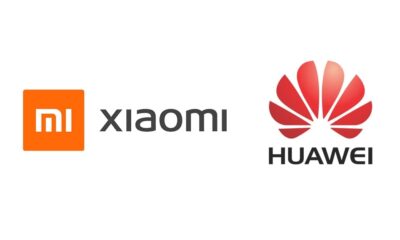Technology
Checkout Huawei Kirin chipsets technology progress
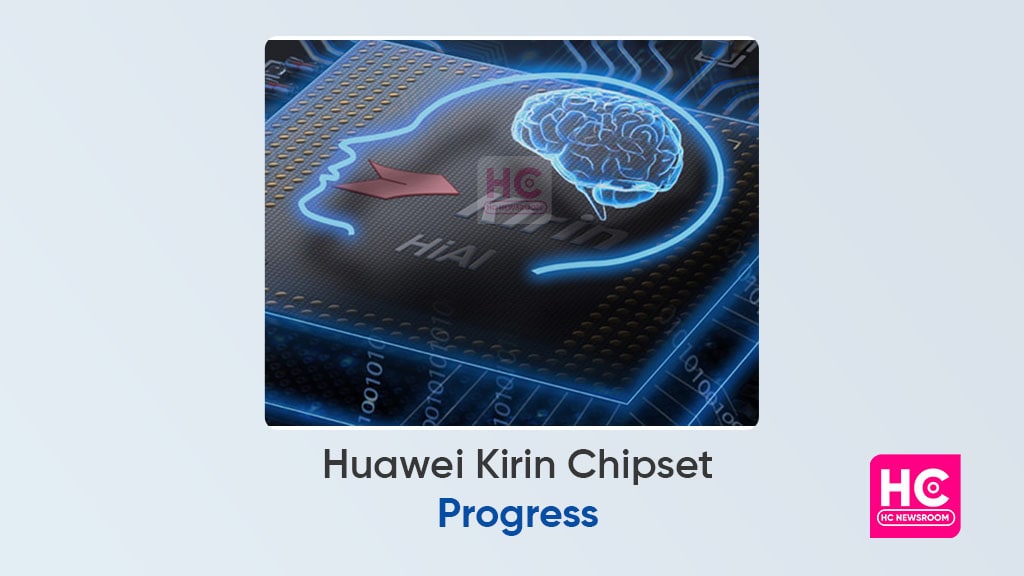
Huawei Kirin had an inspiring journey in chipsets technology. The company has gone through several ups and downs yet managed to achieve a huge name and fame in the mobile application processor market. Huawei chipsets progress is something that one must have a look at.
From K3V1 which almost proved a failure, to the super-dynamic Kirin 9000 chips, the Chinese firm never gave up and has shown great improvements in the processor field.
Over years, we have seen many limitations in Kirin’s headway. The reasons were high competition, and the burden of the U.S. sanctions caused HiSililcon to stop printing new chipsets. However, throughout the journey, Huawei proved that a focused mindset and hard work bring you to the doors of success.
And today, we will learn how Kirin chips have evolved over the years.
Kirin’s impact on chipset technology
So far, Kirin chipsets have remained industry-leading processors for smartphones. It’s a group of 32-bit and 64-bit smartphone ARM cores introduced by HiSilicon (Kirin designer). To date, the industry has produced several tech-pack chipsets for smart gadgets.
Kirin 910 – First Generation Kirin Solution
After two HiSilicon K3 chipsets (K3VX and Kav2 – which didn’t gain much attention from consumers) Huawei introduced the first-generation Kirin solution – Kirin 910 in 2014. The processor stands over 28nm HPM process and adopts a quad-core Arm Cortex-A9 CPU.
Alongside, it features Mali-450 MP4 at 533 MHz GPU. To deliver fast and smooth functioning, the processor exhibits LTE Cat 4 Modem and LPDDR3 at 800 MHz memory. At that time, these were the best elements to impose in a processor.
Kirin 980 – First commercial 7nm SoC
In 2018, leading the market, Huawei announced the Kirin 980 chipset as the first commercial 7nm process SoC. Compared to the traditional 10nm packaging, these processors were capable of providing 20% improved SoC performance and 40% more power efficiency.
In addition, it also provides a cluster of tools that simplifies the difficulties of tough AI frameworks and enable developers to easily define the leading processing power of the chipset.
As of the efficient implementations, Huawei Kirin chipsets became quite impactful in the market. The chipset’s influence was so high that even giant tech makers such as Apple and Qualcomm seemed in danger. Everything was going well until U.S. conflicts came into the pathway.

U.S. Sanctions
In 2019, Huawei has been restricted to utilize U.S. technologies and its services. Consequently, the company was not allowed to purchase any tech-related components or to sell them. This action has put Huawei in huge trouble.
Due to these regulations, the company has faced severe technology supply issues. However, something that has been much affected was the Kirin chip production. As a result, Huawei has to stop printing new processors through third-party manufacturers (TSMC).
Present scenario of Kirin chipsets
Kirin 9000 is the latest as well as the last Kirin structure that we have in our midst. The processor came along with the Mate 40 series. Thereafter, the company started relying on Qualcomm’s cooperation for its Snapdragon chipsets.
On the flip side, a few reports suggest that Huawei’s chipset market share has been affected badly due to the low production and supply problems. Meanwhile, industries likes MediaTek, Qualcomm, Apple, and UNISOC are taking advantage of HiSilicon’s decline.
There was a time when Kirin covered the entire market, and companies like Qualcomm were tense about their production.
However, Huawei is not going to give up so easily. In recent times, we might see Huawei preparing for Mate 60 probably with a new chipset. It would be no less than a surprise if the processor really comes onto the consumer platform.
Huawei is making every bit of effort to once again bring the Kirin chipsets to the technology surface. Despite challenges, Huawei is trying to re-establish the supply chain and we hope to see some effective changes in the future.
Below you can check the HiSilicon Kirin chipset released in the past:
- HiSilicon K3VX – TSMC 110nm
- HiSilicon Kav2 – TSMC 40nm
- Kirin 910 – TSMC 28nm
- Kirin 920 – TSMC 28nm
- Kirin 925 – TSMC 28nm
- Kirin 930 – TSMC 28nm
- Kirin 935 – TSMC 28nm
- Kirin 950 – TSMC 16nm
- Kirin 955 – TSMC 16nm
- Kirin 960 – TSMC 16nm
- Kirin 970 – TSMC – 10nm
- Kirin 980 – TSMC 7nm
- Kirin 985 – TSMC 7nm
- Kirin 990 – TSMC 7nm
- Kirin 990 5G – TSMC 7nm
- Kirin 9000 series – TSMC 5nm
Technology
Huawei Earbuds tech could measure SpO2 and heart rate through ear
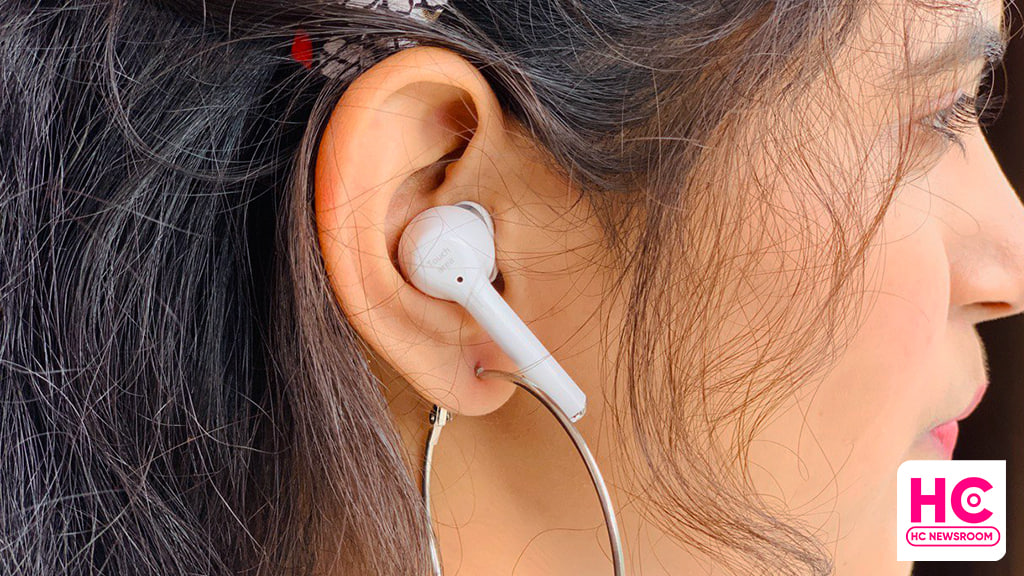
Huawei is the first company to launch a SpO2 blood oxygen monitoring feature in smart bands and smartwatches and it also has one of the most accurate heart rate trackings but do you know that Huawei also has a tech patent for earbuds that could measure both of these right inside your ear?
An internal patent reveals that new Huawei earbuds tech could measure SpO2 blood oxygen and heart rate from within a user’s ears. Blood oxygen saturation (SpO2) is a useful indicator of a person’s health. It represents the percentage of hemoglobin in the blood that contains oxygen.
Details of the patent:
An embodiment of the present application provides an earphone, including an ear bag and a detection sensor disposed of in the ear bag, and the detection sensor is used to detect blood oxygen saturation and heart rate.
The ear bag includes a first contact part and a second contact part. When the earphone is worn on the ear, the first contact part contacts the inner bottom surface of the concha cavity of the ear, and the second contact part contacts the inner surface of the tragus of the ear.
A detection sensor is provided on at least one of the first contact parts and the second contact part where the ear bag is in contact with the skin of the ear, which can reduce the transmission distance between the detection sensor and the skin, and effectively improve the detection sensor’s ability to detect blood oxygen saturation and the accuracy of health indicator detection such as heart rate detection.
Moreover, the contact between the first contact part and the second contact part and the tragus and the concha cavity is relatively stable, and the earphone has good stability even in an active scene, which can further improve the detection accuracy.
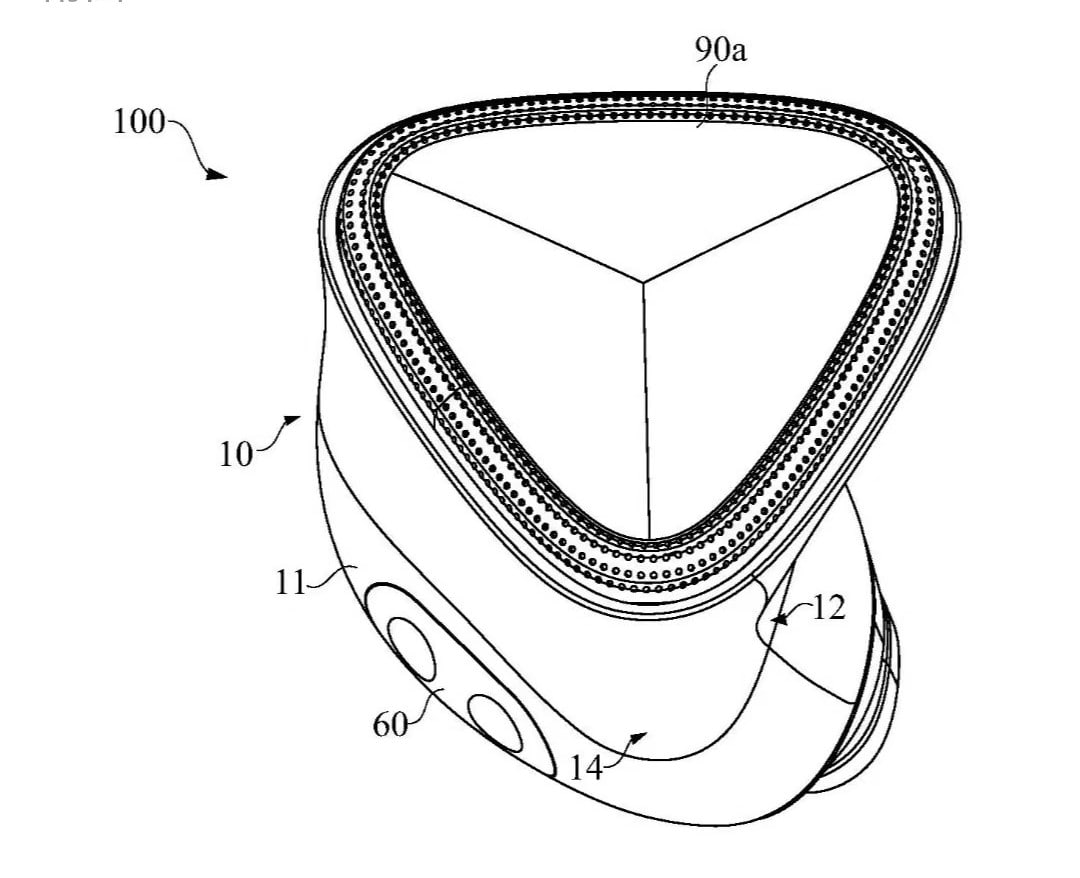
Is this possible?
Yes, it’s the first question that triggers among the readers but after surfing through the web, there are a number of detailed articles that may help you to learn about optical heart rate sensor that is possible in earbuds (link) and In-ear SpO2 (link).
So the answer is yes, it’s possible to measure these two readings but we can’t confirm whether Huawei is planning to launch earbuds or wearables with this new patent. However, we do want to see it in action.
Technology
How good is Huawei Nova 10 Pro 100W turbo charging?
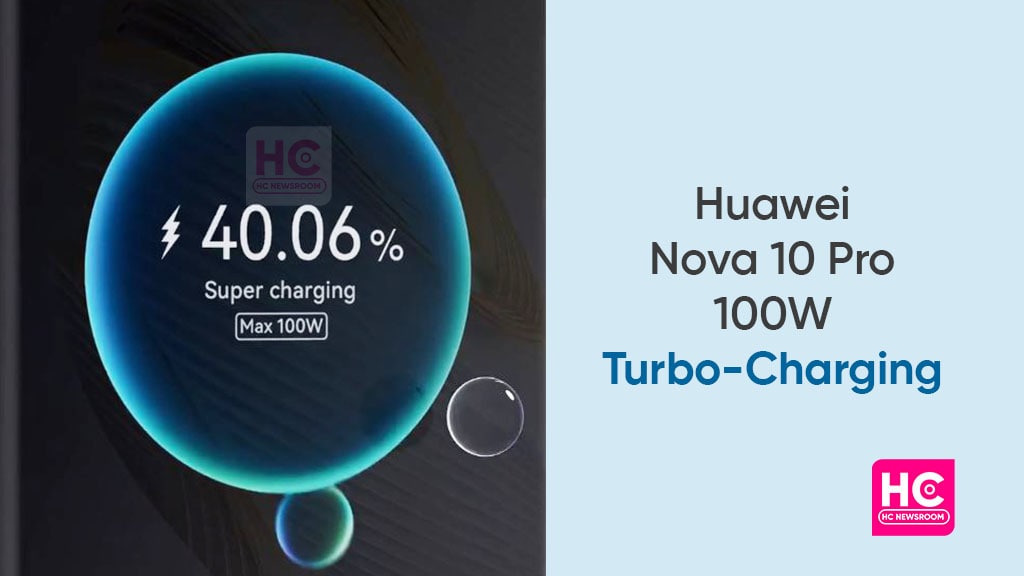
Huawei Nova 10 Pro is a gigantic member of the Nova family. The device comes into existence with several exciting features that can level up the user experience. However, the most reflecting technology of Huawei Nova 10 Pro is its 100W turbo-charging.
Yes, the company has done some amazing work with the Nova 10 Pro charging segments. Although, the devices hold several features to explore. Yet, turbo-charging is something that has drawn my attention a lot.
I think the battery is a very crucial part of a device. While purchasing a new gadget, users often check the battery specifications and its charging abilities. And why not, it is something that will power up our device and will keep it reliable in the time ahead.
Remember, a good battery and excellent charging functions can stretch the phone’s life to a long duration. It’s not us, but Huawei also understands this phrase. Hence, it equipped the latest Huawei Nova 10 Pro with a 100W turbo-charging facility.
100W turbo-charging – how does it work?
The Huawei 100W turbo-charging experience is worth praising. When I tried this technique for the first time, the results were surprising.
Ultimately, when you enable the turbocharging feature, it begins adapting the battery’s abilities. After plugging in the charger, the power suddenly jumps to 87W. After 3 minutes of super-fast charging, the power drops to 57W.
At this range, it continues to charge the device and slowly falls to 30W. Thereafter, it begins the background charging for 2-3 minutes with 26W power. Within or less than 10 minutes, the high-tech charging power up your device completely.

100W Turbo-Charging – good or bad?
Every technology has pros and cons. And so it follows on the charging as well. The turbo-charging may get affected by environmental factors. For instance, the temperature of your room, humidity, and more.
However, when we tried the turbo-charging effect under the ambient temperature of 30 degrees Celsius, the result was quite interesting.
- At 18.50 – 53% of charging
- At 18:53 – reaches 67%
- At 19:00 – 89% of the charging
- At 19:03 – 100% battery
Consequently, we can say that it takes 18-23 minutes to charge the device from 0 to 100 percent.
Notably, the battery capacity of Nova 10 Pro is only 4500mAh. In that aspect, turbo-charging operates in a very good manner. Moreover, it gradually increases and decreases the power level, so that your device may not get affected.
So far, Huawei has brought this technology with Nova 9 Pro smartphone. And now it’s playing wonders for users. With a 100W fast charger that offers turbo-charging, the device is good to go in your hands.
Any new charging technology is coming?
Well in recent times, we grabbed Huawei under a universal charging tech headline. As per the previous info, Huawei and some other companies have come across the table to find a universal solution for fast-charging adapters.
The new technique known as UFSC fusion (Universal Fast Charging Specification) will improve the charging facility. Further, it will contribute to the fast-charging ecosystem. It’s a simple way to unite different adapters with a revolutionary mechanism.
It’s believed, Huawei is doing great in terms of battery capacity. Even when the battery has low facilities, it is capable of boosting the entire functioning of the device. Well, a user most probably requires a phone that can survive for longer hours even when the battery is at a minimum percent. And the turbo-charging is perfectly offering these services.
Technology
After Huawei and Apple, Samsung to bring Satellite Communication
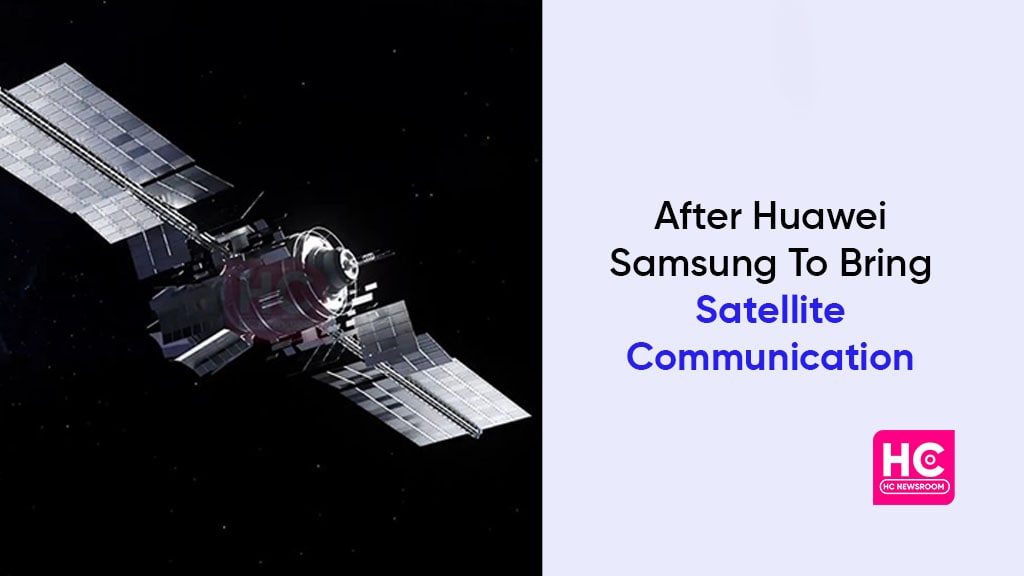
Huawei and its satellite communication are once again in the headlines. After Apple, it looks like Samsung is planning to follow Huawei and implement satellite communication technology on its flagship gadgets.
Satellite Communication technology is gradually becoming a trend in the market. In recent times, we come across several tech makers that are trying to adopt the respective feature for their devices or operating systems.
After Huawei, satellite communication enlisted Apple, Google (Android 14), and now Samsung. While Apple has already offered the benefits of satellite features with iPhone 14 series, Google and Samsung are in the preparation phase.
The latest information reveals that Samsung has associated with Iridium cooperation and is finalizing the satellite communication development for its next flagship smartphone – the Galaxy S23 series.
In our previous reports, we mentioned that Samsung is looking for a satellite connectivity provider other than Globalstar. This was so because Apple already merged with Globalstar for satellite features.
Thus, Samsung decided to take different steps in this tech concept. Eventually, it seems like the Korean tech maker has found the right companion to proceed with the new technology.
Samsung and Iridium
Speaking of the Iridium group, the cooperation utilizes the 66 low-orbit communication satellites. This framework offers effective voice and data communication services for users without any network hindrances.
On the flip side, the info states that Samsung has been working on satellite communication technology for the past two years. In the meantime, the company was dealing with antenna challenges as to how to make it a compact and power-efficient element.
Consequently, just like Huawei and Apple, Samsung’s main objective is to provide its users with immersive voice, messages, and image transmission facilities. And who knows, we could find the satellite tech with Galaxy S23 in the first quarter of 2023.
Satellite Communication – A long race!
Huawei is the first company to bring satellite communication features with the dynamic Mate 50 series. Ultimately, the feature is capable of relieving communication services even in low-area networks.
Thus, a user with Huawei Mate 50 smartphone can conduct calls, send a 19-20 characters text, scan a code 8-10 times, and generate trajectory maps and locations.
On the other hand, Huawei is making the corresponding feature more useful with the Mate 60. Yes, the internal tweaks suggest that the new version of this technology will enable two-way communications, sending voice messages, and making short voice calls as well.
It won’t be wrong to say that when it comes to technology and innovation, Huawei remains one step ahead.
Know More: Huawei Mate 60 may launch new Satellite Communication Features
Apple iPhone 14 series – SOS feature
Following Huawei, Apple also launched the iPhone 14 series with satellite features. It has implemented the Emergency SOS feature which combines with the software and connects antennas directly to the satellite.
As a result, this mechanism starts messaging functions with emergency services. Being an iPhone 14 user, you can use the feature under low-network or Wi-Fi coverage.
Android 14 is also on the list!
Yes, Android 14 has also appeared in the satellite communication headlines. The information states that Google is also making efforts and could initiate satellite features on the next coming Android version.
In the time ahead, we could see many competitors in this tech field. But it would be worth seeing which manufacturer will remain in the first position regarding satellite communication.
(Source)





